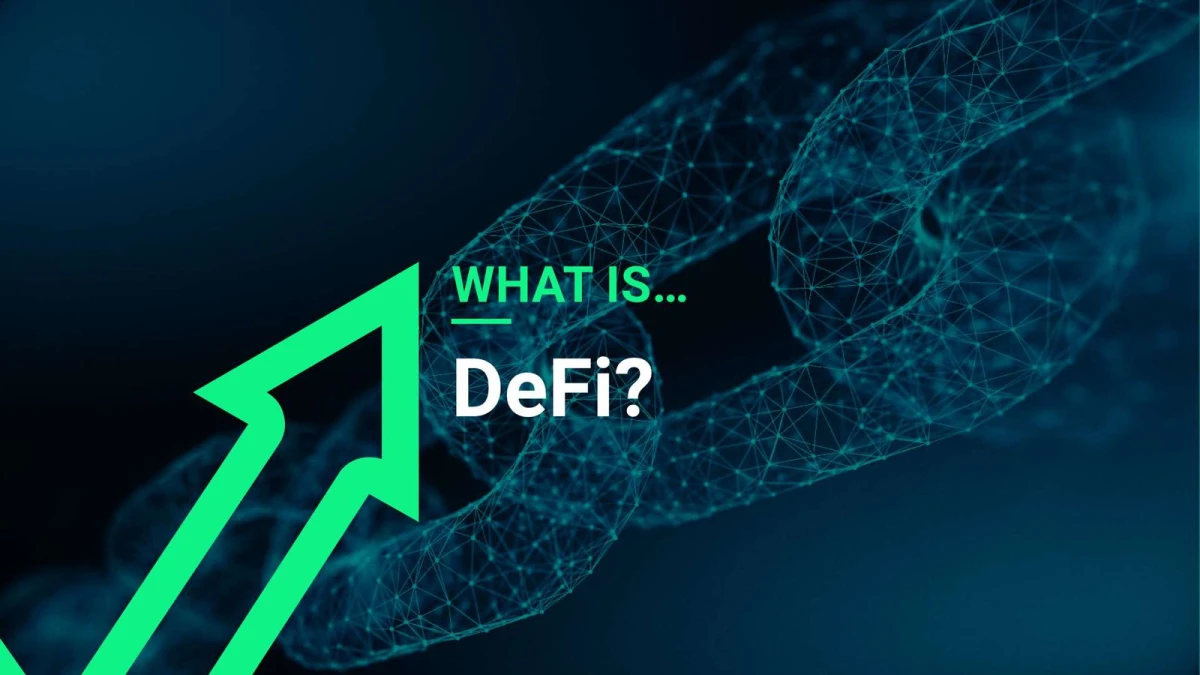A DeFi system is public and therefore open for anyone to use and utilizes technology to provide an alternative to going through middlemen such as banks and brokerages. Technology has been used to facilitate financial transactions for a number of years, but DeFi places technology such as software protocols and blockchains at the center of transactions in the financial services industry.
#How DeFi works
A decentralized finance system uses a combination of open-source technology, blockchain and proprietary software. Smart contracts automate agreement terms between buyers and sellers or lenders and borrowers to remove the need for intermediaries between those involved in the transaction.
Providing the framework for the functioning of DeFi apps, smart contracts encode the terms and activities necessary for the functioning of these services.
The components of DeFi echo other financial ecosystems, in that they need stable currencies and a variety of use cases. Components take the form of Stablecoins and services such as crypto exchanges and lending services.
All of the components of a DeFi systems belong to a software stack, which is then broken down into layers and each layer has a specific function in building the DeFi system. Typically, a DeFi stack is comprised of four layers as outlined below:
Sentiment layer
Also known as layer 0 as it is the base layer on which subsequent DeFi transactions are built. The sentiment layer includes a public blockchain and the native digital currency or cryptocurrency it uses. All transactions that take place on the DeFi system use this currency.
Protocol layer
Software protocols are written to define standards and rules to govern determined activities, much like a set of principles and rules that all participants must adhere to if they want to operate in the industry. The protocol layer of the DeFi stack provides liquidity to the DeFi ecosystem.
Application layer
This is the layer where consumer-facing applications live. The applications pull underlying protocols into simple consumer-focused services. Cryptocurrency exchanges and lending services will reside on this layer of the stack.
Aggregation layer
This is where aggregators connect applications from the previous layers to provide a service to investors, such as enabling seamless transfers of money between different investments to maximise returns. Examples of services on this layer are lending, borrowing, banking services, and crypto wallets.
#Advantages of DeFi
The advantages of DeFi include:
Reduces the dependence on corporations
As a decentralized system, DeFi removes the need for intermediaries and therefore reduces the dependency on traditional financial corporations such as banks and brokerage firms.
It is immutable
Cryptography and consensus algorithms such as proof-of-work have helped blockchain to achieve immutability. This means it is practically impossible to manipulate or change any record on the blockchain network, which not only improves security but also reinforces the integrity of DeFi systems.
#Disadvantages of DeFi
The disadvantages of DeFi include:
Concerns of uncertainty
It is anticipated that decentralized financial systems will be the future of finance but currently there are concerns of uncertainty. These concerns center around the event of instability in a blockchain hosting a DeFi project and where it could automatically inherit instability from the host blockchain.
Doubts over its liquidity
DeFi systems are surrounded by doubts over their liquidity, as a smaller market than that of traditional financial systems, many investors are concerned over the ability to quickly sell DeFi investments should they need to. Leading many to consider them to be riskier than traditional investments.
Article updated September 6, 2022.
